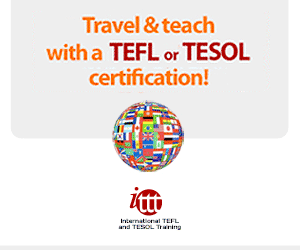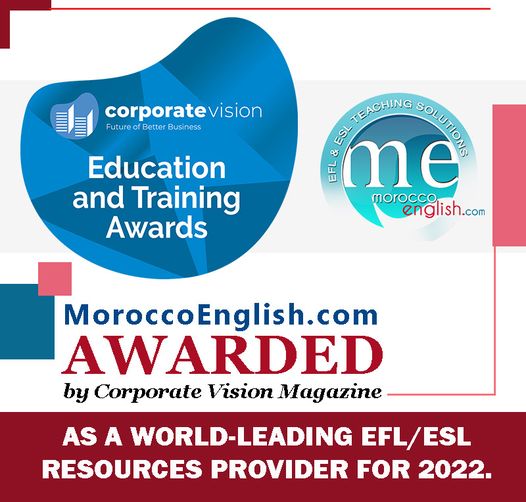Intercultural pedagogies theorists and cultural studies scholars have no controversies over the fact that language is the appropriate realm for the formation, contestation and negotiation of identities. As a matter of fact, language teaching and learning are not only involved with linguistic structures and lexical components. They are more engaged with cultural processes which are arguably conducive to the making and reshaping of identities. Given its new status in the Moroccan multilingual education scene, no sustained research, to my knowledge, has been done on the cultural implications of English in Moroccan high schools. Based on these premises, this paper aims at investigating the issue of English education and identity in Morocco. Then, the paper will show how promoting critical thinking strategies in high school English textbooks is an intercultural communication competence that is grounded on, besides enhancing English language skills, appreciation of local cultural identity and openness and respect of other cultures.
Introduction
Multilingualism in Morocco has been the accumulative outcome of the various cultural and linguistic traces left by the European and Middle Eastern intrusion in the country. From indigenous Tamazight tongue, the natives of Morocco had to learn to live with new comers in the eighth century. Since then, Arabic had been established as the unifying language of the successive Islamic dynasties that reigned over the Moroccan throne, while Tamazight was always in the background. Such an unofficial bilingual state was disrupted at the beginning of the 20th century by the arrival of the European late comers. Morocco was divided into French and Spanish protectorates in 1912, precipitating the enforced circulation of other two major colonial languages. In spite of its arrival into the country in the second half of 17th century (In 1661, the English king Charles II received the ports of Tangier as a dowry of his Portuguese wife Catherine Braganza. The English had occupied Tangier 23 years before they were withdrawn under the fierce resistance of the natives), English has less overtones with colonialism, being practically more related to business and education.
Among all these languages, French was the most ingrained language in the country owing to its status as the language of instruction in the Moroccan schools. After independence, the newly born nation initiated a language policy that intends to reduce the absolute sway of the French culture and language, and the recovery of what is thought as the national identity of Morocco. Indeed, French education was believed to jeopardize the Islamic tradition and national unity. It was always evocative of the Berber Dahir which canonized the Amazigh people as Berber-speaking zone, under the customary law courts in place of the Islamic jurisprudence. The French language became uneasily separable from the Moroccan spoken Arabic as it appears in the frequent use of code switching and domestication of French.
Against this backdrop, the new educational architects came up with the monolingual approach of Arabization (Arabic-only policy) for the purpose of preserving the cultural identity of the country and reconsolidating its alignment with the Arab world. The national unity was consequently expected to thrive as the various verna-culars were supposed to disappear.
However, the process of Arabization brought about a host of educational and cultural problems. For instance, it does not take into consideration the multilingual and multicultural reality of the Moroccan society. If Moroccan Arabic speakers had to adjust to a more or less identical and sophisticated Arabic, the Imazighens population (more than 50%) had to learn a new language as a prerequisite for success at schools. Besides, the Arabization process does not cover tertiary education, which leads to remarkable failures in the areas of science and technology. Furthermore, some scholars go further to speak about the ideological underpinning of Arabization. They argue that that policy aims at creating inequality of opportunities among students. While the rich students are enabled to access French education and thus succeed in science and technology, the poor ones do not have the means to enroll in private schools. Such a point of view echoes the sociological interpretation, advanced by Pier Bourdieu, of public schools as the arena for the reproduction of social classes. Schools impose some linguistic norms (the bourgeois language which has a tendency “to abstraction, formalism, intellectualism”, as opposed to working-class language) in order to define “socially recognized criteria for linguistic correctness” (Bourdieu and Passeron, 1977, p.116).
As a matter of fact, the drive toward a monolingual policy in Moroccan educational system came to a halt at the beginning of the third millennium. As a cure to its embarrassing cripples and to face the emerging challenges, the national chart of education stressed the significance of improving multilingual education in Morocco and the imperative of acknowledging the local linguistic needs of the heterogeneous population. In act 9, article 10 (Special Commission for Education Training 2000:41) the chart states clearly that one of its main objectives is to “perfect the teaching and use of Arabic language, strengthen foreign languages and be open to the teaching of Tamazight.” The fact that Tamazight is recommended as a significant language of instruction implies a rectification of the monolingual policy that hampered equity in education opportunities. Moreover, by referring to foreign languages rather than French, it is suggested that English is going to reign as the possible language of the future. This implication is backed up in reality by the introduction of English in public middle schools. However, in spite of this exoneration of colonial contamination, the way it is taught in the Moroccan schools is symptomatic of paranoid and xenophobic worries about its endangering of Moroccan culture.






































